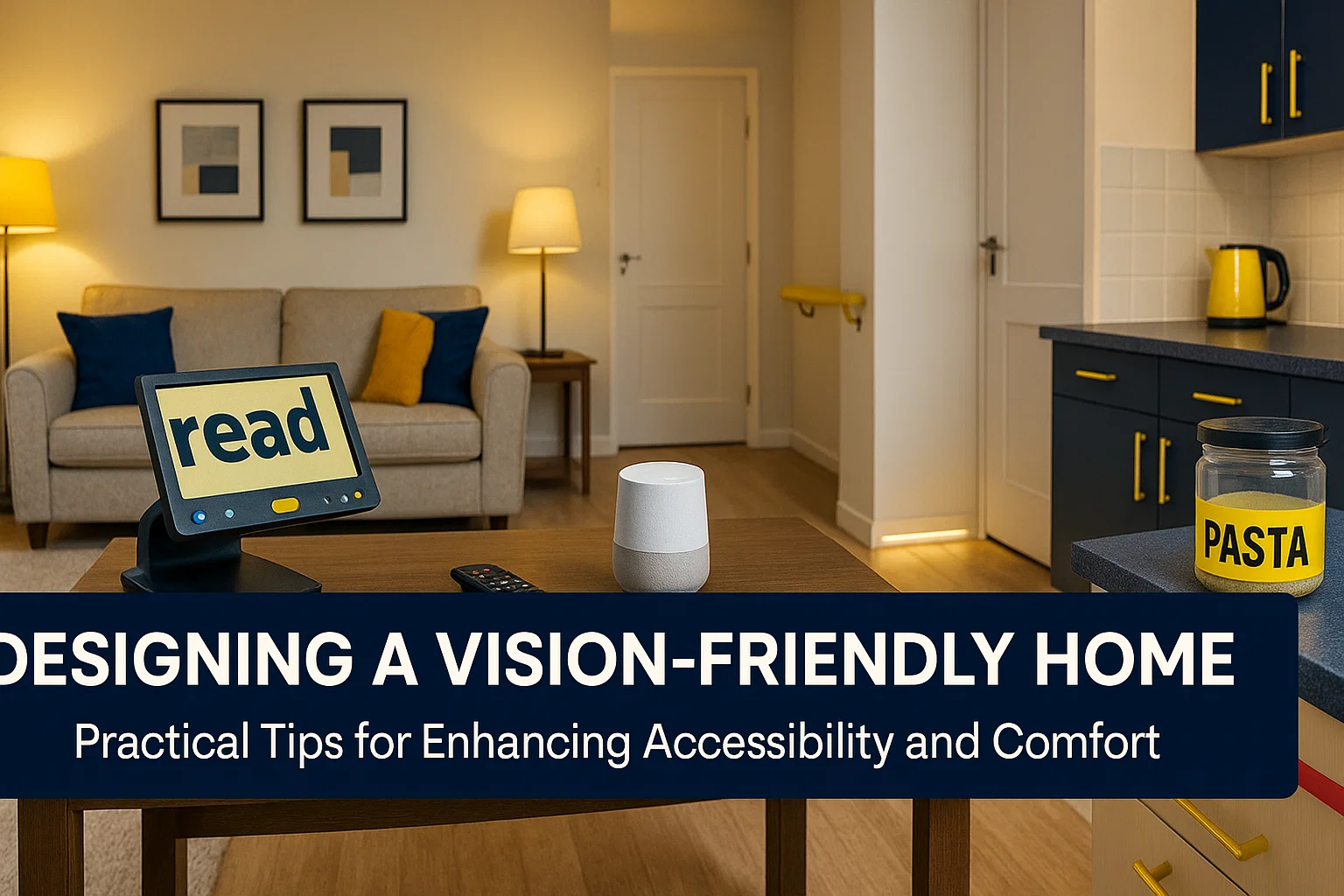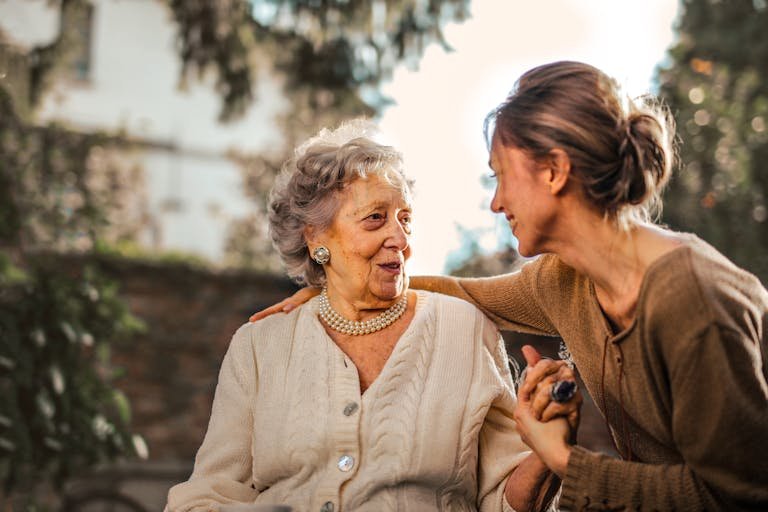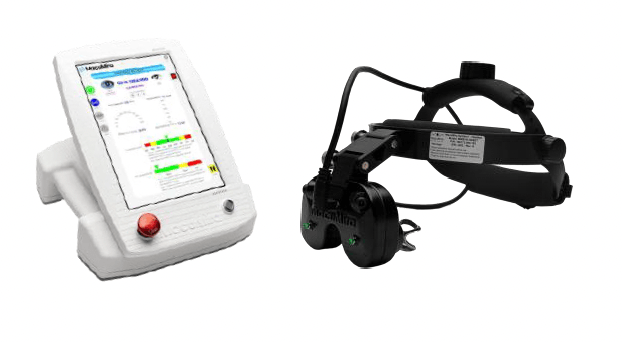Designing a Vision-Friendly Home | Tips for Vision Accessibility
For individuals with low vision or visual impairments, everyday tasks within the home can be challenging. Simple activities like moving around safely, finding items, and reading labels may require adjustments to the living environment. Fortunately, with thoughtful modifications, it is possible to design a home that enhances accessibility, comfort, and independence.
This blog post will walk you through practical strategies for transforming your living space into a vision-friendly environment. From optimizing lighting and contrast to leveraging assistive technology, these tips are designed to help you or your loved ones live more independently and comfortably.
1. Optimize Lighting for Better Visibility
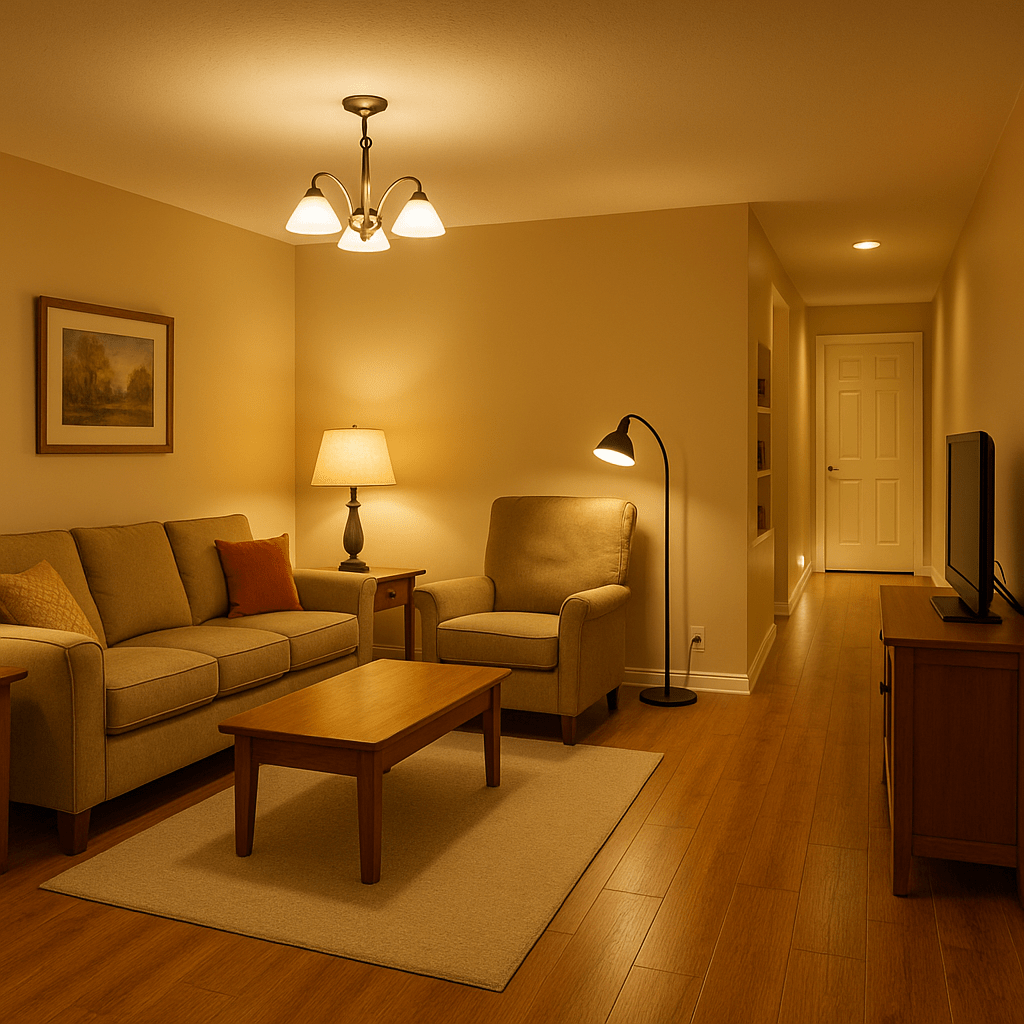
Lighting plays a crucial role in enhancing vision within the home. Insufficient or uneven lighting can make it difficult to navigate spaces, recognize objects, or complete tasks like reading or cooking.
Types of Lighting to Consider:
- Ambient Lighting: This is the main source of light in a room, typically provided by ceiling fixtures. Choose bright, evenly distributed lighting.
- Task Lighting: Additional lighting that focuses on specific areas, like reading nooks, kitchen counters, or workspaces. Adjustable lamps with flexible necks are ideal.
- Accent Lighting: Used to highlight important objects or pathways. Motion-sensor lights can be especially helpful in hallways and staircases.
Lighting Tips:
- Increase overall light levels by adding more light sources.
- Use LED bulbs with a color temperature of 4000K–5000K for clearer visibility.
- Place lights strategically to reduce shadows and glare.
- Ensure staircases, hallways, and bathrooms are well-lit, as these are high-risk areas for falls.
2. Enhance Contrast for Easier Navigation
Contrast is key for individuals with low vision. It helps to distinguish objects from their background and navigate safely through spaces.
High-Contrast Solutions:
- Use contrasting colors for walls and furniture. For example, light walls with dark furniture make it easier to spot seating areas.
- Apply contrast tape on the edges of stairs and steps.
- Choose dishes, utensils, and cutting boards that contrast with the food you prepare.
- Mark light switches and door handles with bright, contrasting colors.
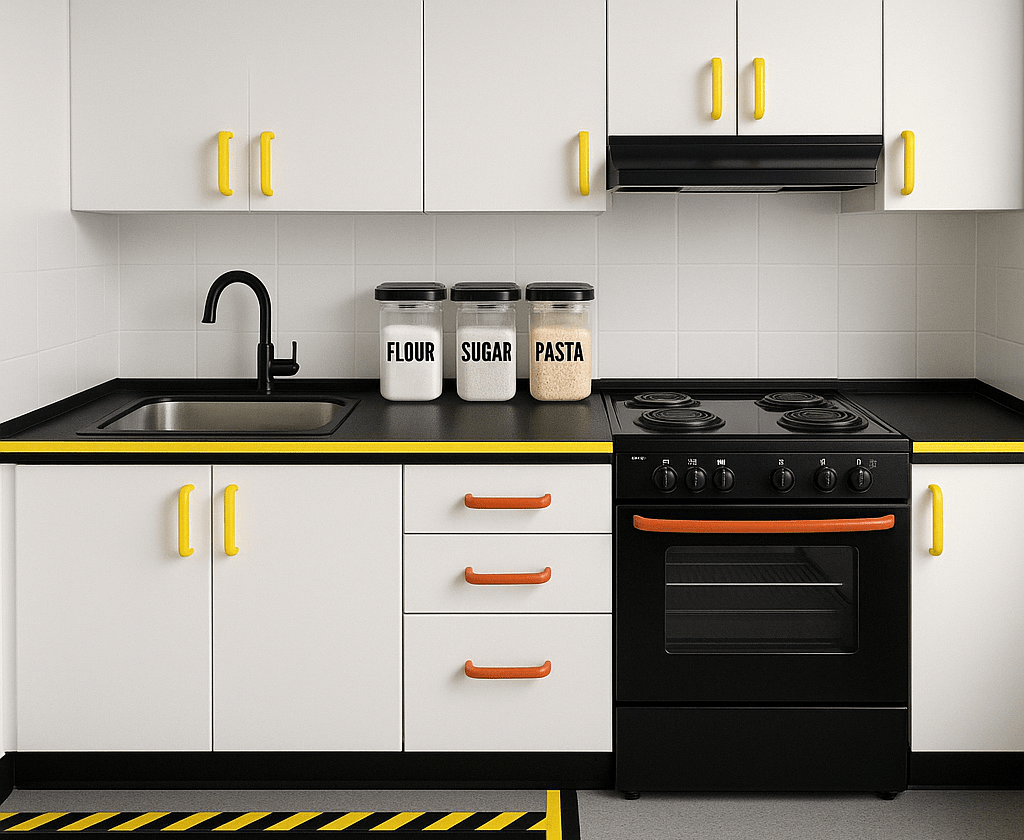
Practical Applications:
- Install contrasting color strips along countertop edges to make them more visible.
- Use dark-colored placemats on light-colored tables for easier detection of plates and utensils.
3. Minimize Clutter for Safety and Simplicity
Cluttered spaces can be hazardous for those with low vision. Keeping rooms organized and free from unnecessary objects can make moving around safer and more intuitive.
Decluttering Tips:
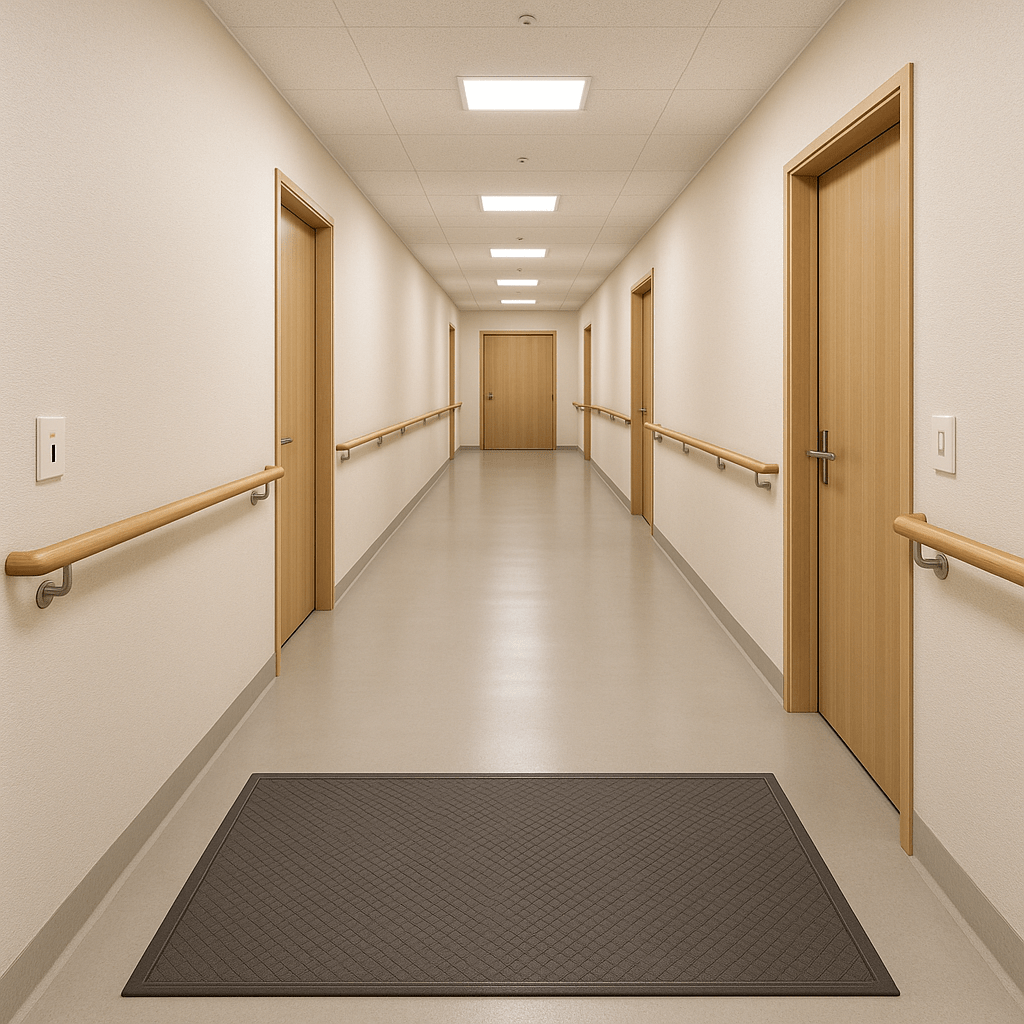
- Remove excess furniture and obstacles from pathways.
- Use storage solutions like cabinets and drawers to keep items off the floor.
- Label storage containers clearly and consider tactile markers for easier identification.
- Keep frequently used items in consistent locations for easy access.
Organizational Strategies:
- Arrange items logically—group similar objects together, such as kitchen utensils or cleaning supplies.
- Implement a regular cleaning schedule to maintain clear, unobstructed pathways.
4. Leverage Assistive Technology
Modern technology has made it easier for individuals with low vision to perform daily activities. From digital magnifiers to voice-activated devices, there are many options to explore.
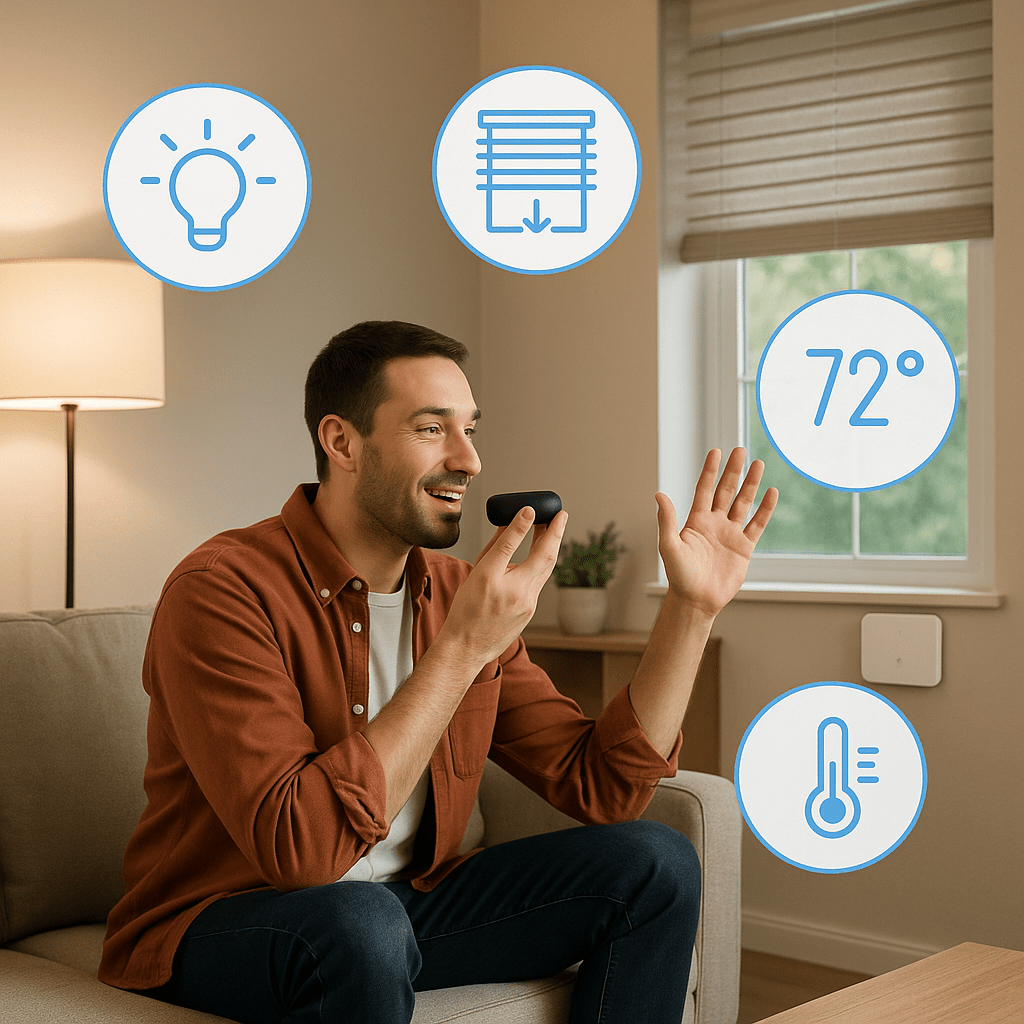
Helpful Devices:
- Digital Magnifiers: Allow users to zoom in on text or objects.
- Voice Assistants (e.g., Alexa, Google Home): Can be used to set reminders, control lighting, and even read books aloud.
- Smart Lights: Voice-activated lights that can be adjusted without the need for physical switches.
- Talking Clocks and Thermostats: These provide audio cues for time and temperature adjustments.
5. Make Pathways Clear and Accessible
Navigating hallways, stairs, and entrances should be as straightforward as possible. A few modifications can dramatically reduce the risk of falls and improve mobility.
Pathway Enhancements:
- Keep floors clear of rugs or loose cables that could cause tripping.
- Install handrails along staircases and in bathrooms.
- Use non-slip mats in bathrooms and kitchens to prevent slipping.
- Apply textured, non-slip tape to stairs and ramps.
6. Adapting Kitchens and Bathrooms for Accessibility
The kitchen and bathroom are high-traffic areas that require special attention. Simple adaptations can make these spaces much safer and more functional.
Kitchen Modifications:
- Install pull-out shelves to make items easier to access.
- Use high-contrast labels on pantry items and appliances.
- Opt for appliances with large, easy-to-read dials and digital displays.
- Keep frequently used items on lower shelves to avoid straining.
Bathroom Enhancements:
- Apply non-slip mats in the shower and around the sink.
- Install grab bars near the toilet and shower for support.
- Consider a walk-in shower with a seat for better accessibility.
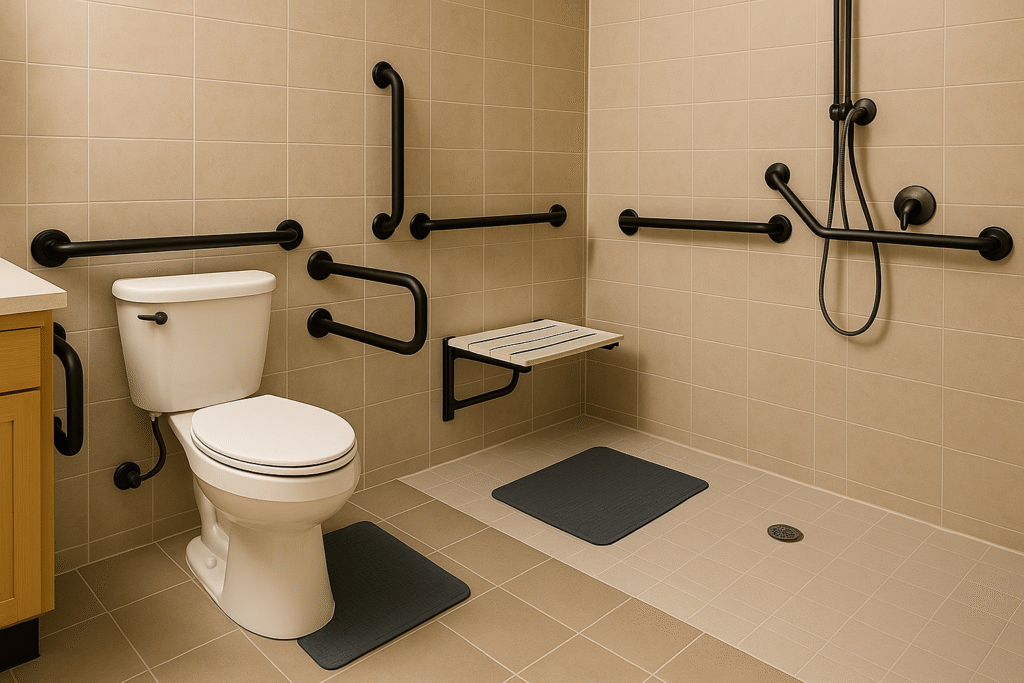
7. Labeling and Organizing for Ease of Use
Labeling household items and organizing them logically can simplify everyday tasks and reduce frustration.
Effective Labeling Techniques:
- Use large-print labels with bold fonts.
- Consider tactile labels for easier identification.
- Organize items by category and store them in consistent locations.
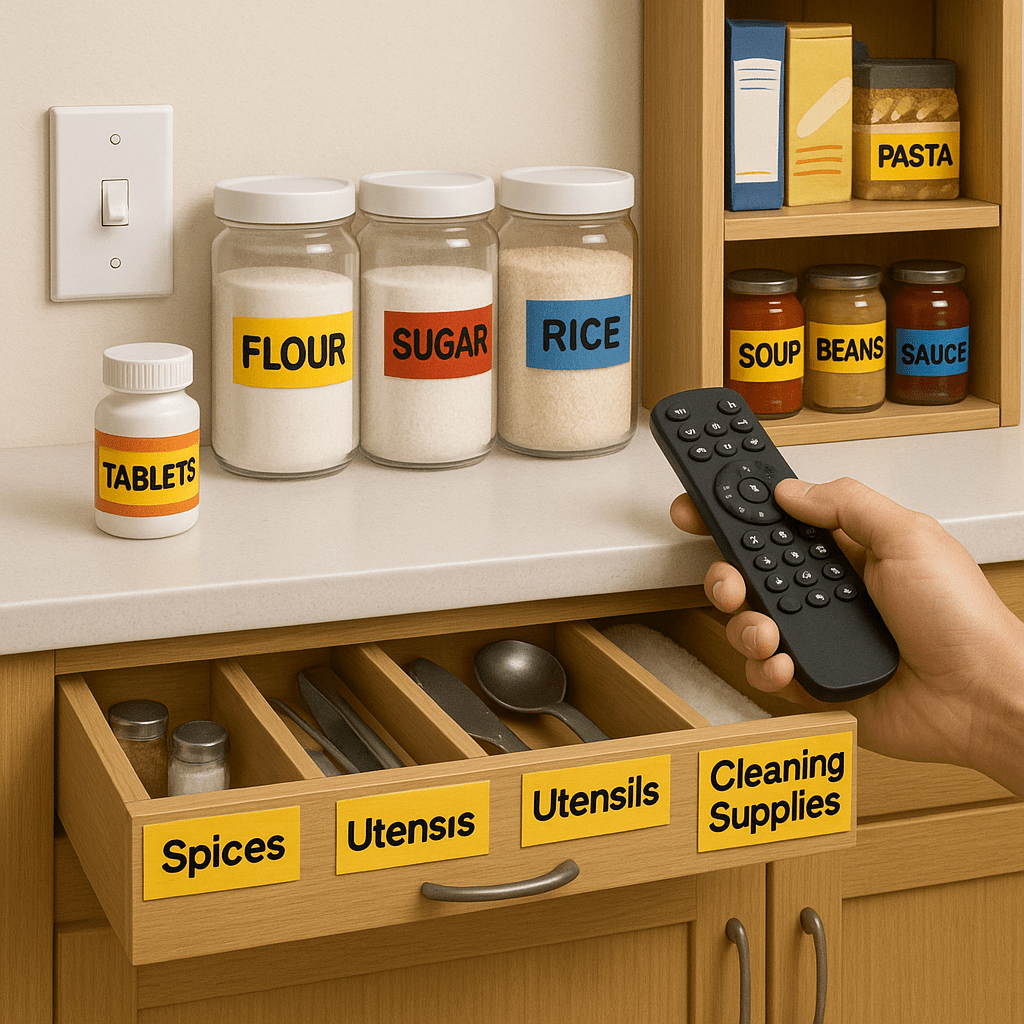
8. Incorporating Smart Home Solutions
Smart home technology can significantly enhance the quality of life for individuals with low vision. Automated systems allow for hands-free control over various home elements.
Smart Home Ideas:
- Smart thermostats that adjust with voice commands.
- Automated blinds that can be controlled through a smartphone app.
- Motion-activated lights to brighten pathways when someone enters the room.
- Voice-controlled door locks for added security and convenience.
9. Regular Home Maintenance to Ensure Safety
Maintaining a clean and safe environment is crucial for avoiding hazards and ensuring comfort.
Maintenance Tips:
- Regularly check for burnt-out lights and replace them promptly.
- Keep pathways clear of clutter and obstacles.
- Repair loose handrails or uneven flooring to prevent trips and falls.
10. Respecting Existing Routines and Preferences
One crucial aspect of creating a vision-friendly home is respecting the individual’s existing routines and preferences. If the person with low vision is already comfortable and familiar with the layout and settings of their environment, it is important to recognize this comfort and avoid unnecessary changes.
11. Places to Get Help
If you or a loved one is living with low vision, there are many organizations that offer support, resources, and rehabilitation services. Here are some helpful places to reach out:
In Canada:
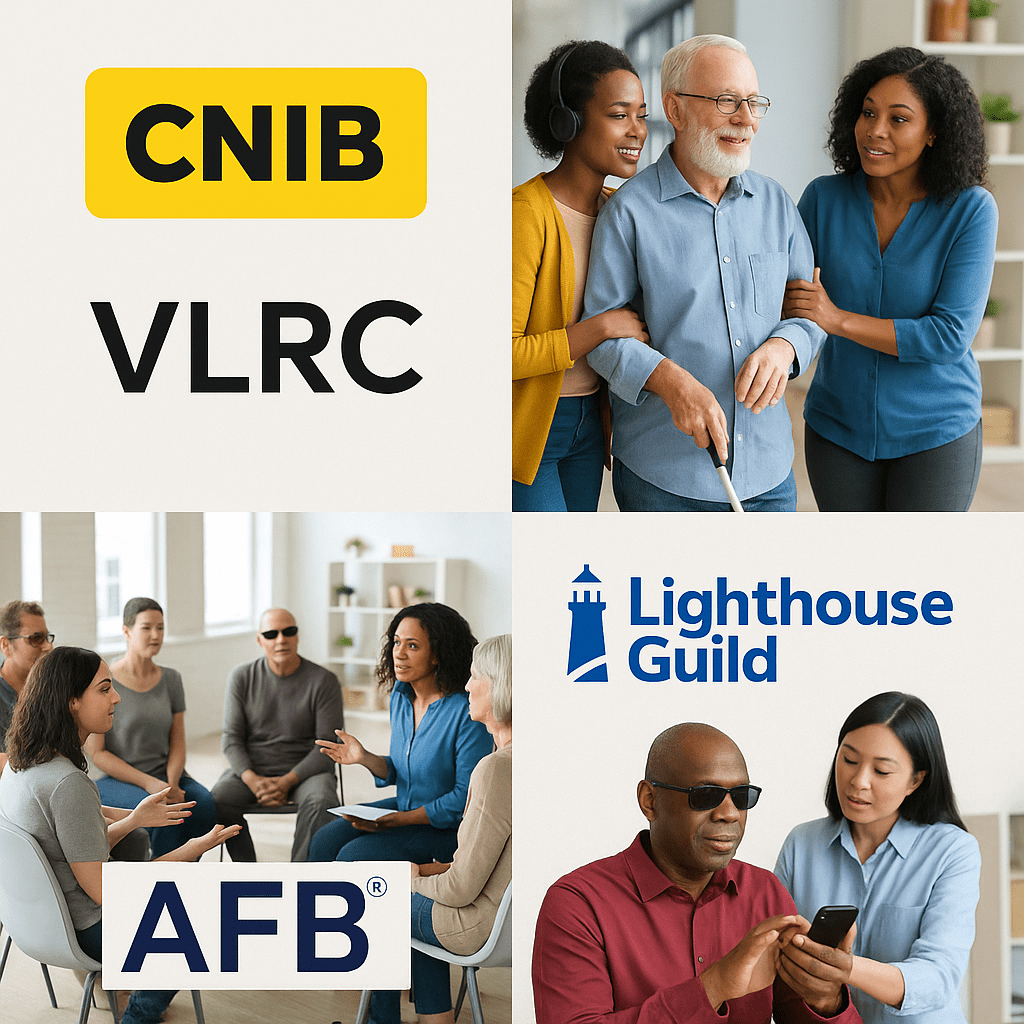
- CNIB Foundation (Canadian National Institute for the Blind): Provides support, rehabilitation, and advocacy for individuals with vision loss. Visit Website
- VLRC (Vision Loss Rehabilitation Canada): Focuses on low vision rehabilitation and assistive technology training. Visit Website
In the USA:
- AFB (American Foundation for the Blind): Offers educational resources, advocacy, and research for people who are visually impaired. Visit Website
- Lighthouse Guild: Specializes in low vision rehabilitation and technology training. Visit Website
- Perkins School for the Blind
- Delivers comprehensive education, services, and technology training for children and adults with visual impairments. Visit website
- Hadley Institute for the Blind and Visually Impaired
- Offers free, online courses and workshops for individuals with visual impairments to build independent living skills. Visit Website
These organizations can guide you in finding resources, assistive technology, and community support to make life more accessible and independent.
When to Make Changes:
- If safety is a concern, such as cluttered walkways or insufficient lighting.
- If the individual expresses difficulty with specific tasks or navigation.
- If new technology or adaptive solutions would genuinely enhance their independence.
When Not to Change Things:
- If the person is well-adapted to their environment and does not report any challenges.
- If rearranging familiar items would cause confusion or frustration.
- If adaptations disrupt established routines that are working well.
The goal is to enhance accessibility without disrupting comfort. Always consult with the person before making changes to ensure their comfort and familiarity are maintained.
Conclusion
Creating a vision-friendly home is not only about enhancing accessibility but also empowering independence and comfort. Thoughtful adjustments can transform any living space into a haven of safety and functionality. Start with small changes and build your way up—every step brings you closer to a more accessible and welcoming home environment.
Take the first step today and discover how a vision-friendly home can transform daily living.

